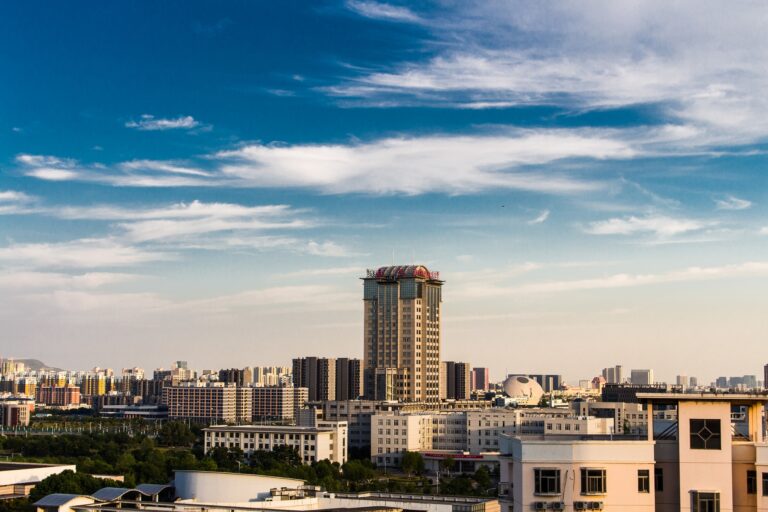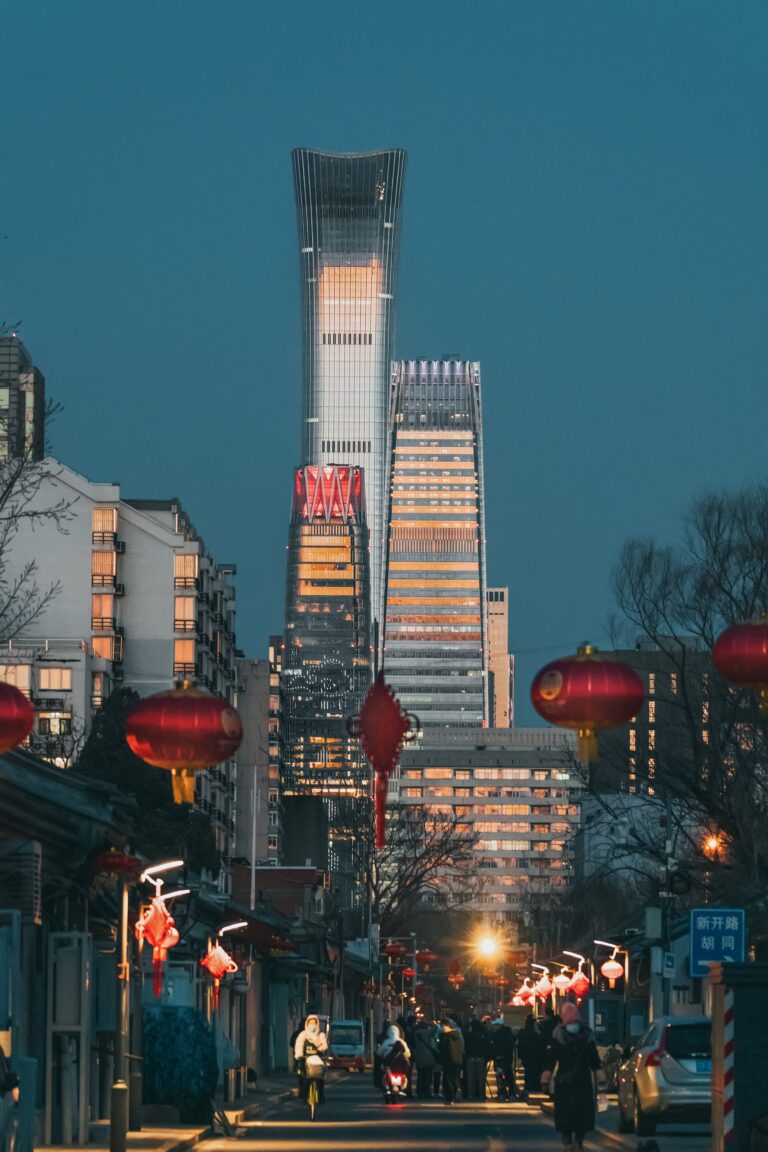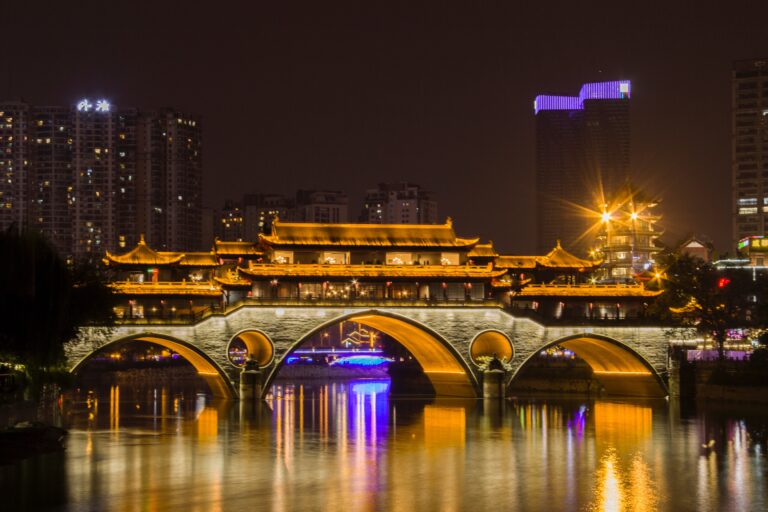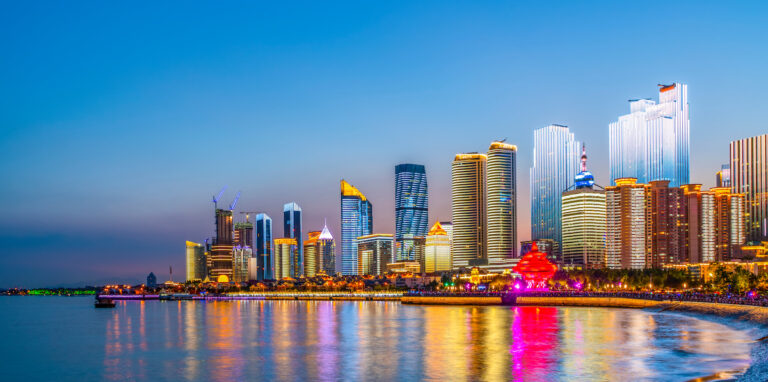The China Partnership Blog is 1 year old! Join us during the month of October for a glance back over our favorite posts from the year. This week, we revisit our posts related to theology and pastoral training in China. Listen in to the reformed house church as it works through such issues as church polity, gospel centered preaching, church-state relationship, and suffering. These are major theological themes in today’s Chinese house church and a rich theological tradition is robustly developing.
Thank you for following our blog and helping spread the word! During our anniversary month, we encourage you to share our content with your friends and churches. Use the hashtag #blogiversary and check out our other anniversary posts!
In Christ, The China Partnership
1) New Wine and Old Skin, Part I: Current Context of the Chinese Church
“…After decades of separation from the universal body, Chinese churches are gradually returning to fellowship with the larger Church family. Many churches are beginning to clarify their theological stances and take steps forward in the journey to forming confessional churches. We can see that Chinese churches are now in the trend of establishing denominations, and personally, I consider that establishing denominations among Chinese churches is important and significant. As long as the concept of denominations is properly considered, the founding of denominations will help to effectively solve serious problems of tribalism in the Chinese church.
…Though the establishment of a denomination seems like surface work, yet in its essence, it is work to establish Christ’s Church. Therefore, in this significant process of constitutionalization, how can churches that intend to establish denominations not only inherit precious historic traditions, but also receive “new wine” in the gospel of Jesus Christ? How do they respect their own histories and face the challenge of this new age at the same time? These are very important topics nowadays.”
2) Marks of the Kingdom of the Gospel – Part I
“Why did the Holy Spirit inspire Luke to write out the full discourse of this prayer? Because this passage is not simply to recount a prayer made by the early church for historical interest. This Spirit-filled and powerful prayer was made by the disciples on behalf of the entire New Testament church. This is every church’s prayer – this is your prayer and my prayer! This is an eternal prayer that reaches to the heavenly throne and shakes the earthly realm. Just as the Father responded to Jesus’s deeds and prayers in the gospels, so the Holy Spirit responded to this prayer and answered their pleas by filling them and enabling them to boldly speak the word of God for gospel proclamation. In response to the threat from the earthly authorities, they responded with prayer and more resolute following of Christ. This following of Christ is in order to give witness to his name to the world and to reach out by word and deed.”
3) A Chinese Perspective on Christian Suffering
“Amidst such quick numerical growth, the church in China must clearly understand that its greatest challenges come from within, not from without. Atheist China is becoming a secular country with plural faith. The gospel has a unique opportunity to dialog and interact with the Chinese people and culture. The gospel has the chance to shape and transform Chinese culture through various ways, especially at its core values concerning the meaning and significance of humanity. The challenge the Chinese church faces is the temptation of the flesh, a different form of suffering and one that the devil uses through the world to corrupt our faith. If the church fails in this after such a wave of cultural reformation, Christianity will eventually be marginalized once again in China and become irrelevant.
All this hinges on our deep understanding and grasp of the gospel that Jesus Christ died and rose again. We must live out the reality of his resurrected life in us and fellowship in his suffering. The new life, new age, and new humanity recreated in Christ must redefine who we are and how we live. It is time to pray, to ponder, and to act for our glorious Lord.”
4) Spiritual Formation: The Purpose of Theological Education
“How, then, do we glorify God and enjoy Him? We glorify God through worship, through obeying His Word, and through bringing more people to do so. From this derives the three basic tasks of the church: worship, Christian formation (teaching) and outreach (evangelism). These ministries are all primarily relational. The existence of the seminary is to help the church realize its purposes. Seminaries should not exclusively focus on only one aspect and neglect the others.
We need to face the reality. More and more students come without much Biblical knowledge and church life. Seminary should be a place for them to grow spiritually before they enter fulltime ministry or they will be quickly spiritually drained. Spiritual formation should be the main purpose of Christian education. When we separate spiritual formation from Biblical training, Christian education will inevitably fail to fulfill its purpose.”
5) With the Future in Mind: Reformed Theological Education in China
“In the end, a significant difference between theological education in the United States and that envisioned by these Reformed house churches is that the Chinese seminaries intend to establish themselves as gatekeepers to the church. Spiritual formation is and will be the primary focus of a seminary education in China. The participation of the church in pastoral training is a primary value and they intend to continue to promote a close symbiotic relationship between the church and seminary. Chinese seminaries are responsible not only for the academic excellence of their students, but also for the development of their faith and character. They desire greatly to ensure the maturity, not just the academic excellence, of those put forward for leadership and view this as integral to their identity as the Chinese house church.
At the heart of it all, though, these Chinese Reformed churches are deeply committed to the gospel of grace. If there is anything to take away in understanding this subset of the Chinese house church, it is that this group is working hard to defend and promote what it believes to be the most essential aspect of Christian life…”
6) Grasping the Grace, Hitting the Heart
“It is crucial to do a “heart operation” if we want to learn about our hearts. Do not expect hearts to change quickly since the heart is complicatedly bound up. The surgical knife is a helpful tool – in some people’s hands it brings only some healing pain, but in other’s hands it may be lethal and bring death. One must use it with wisdom. Grace changes our heart, but the change is painful. Therefore, we need to preach the lifelong gospel of grace in order to take every thought captive and make it obey Christ, so that God’s people can be called together to worship him.”
“When the church began expository preaching, the ways people experienced God also started to change. In the past, we tended to follow mysterious feelings and fleeting excitement; now we are meditating on Jesus himself. The authority of the Bible is accepted, and our faith is no longer self-centered, but Christ-centered. I did not notice the exact moment in which the changes took place. As I look back on the church conditions, I feel startled. If we followed that path, we would be very close to heresy.
…The membership helps believers submit to the church, and discipleship helps them submit to Christ. The membership and discipleship are related. As we corrected believers’ minds on the church, our faith started to place Jesus in the center, and therefore people no longer felt satisfied by the superficial feelings. They needed discipleship training and small groups to further their faith experience. As we lead discipleship training, we not only develop their relationship with God, but also instruct believers to integrate faith into daily life. In the past, people went home immediately after the sermon, but now we have interaction and feedback from believers. In the old days, the church was merely a religious activity, but now faith is weaved into every cell of our lives.”
8) 95 Theses: The Reaffirmation of Our Stance on the House Church
“19. The First Commandment says, “You shall have no other gods before me” (Exodus 20:3). Just like a bride can only have one husband, the soul can only have one king, and the Church can only have one Head.
20. Therefore, whoever wishes to be king of our lives, using their own will to replace God’s will, or asks for unconditional obedience, worship, and praise – regardless if it is our spouse, parents, children, or a nation’s government or political party, regardless if the methods are through tears or through swords – these kinds of impositions of wills and demands are in their substance religious. They are really seeking to be the family’s, the institution’s, or the nation’s ‘god.’ They are seeking the highest allegiance and obedience of a people’s conscience.”







































